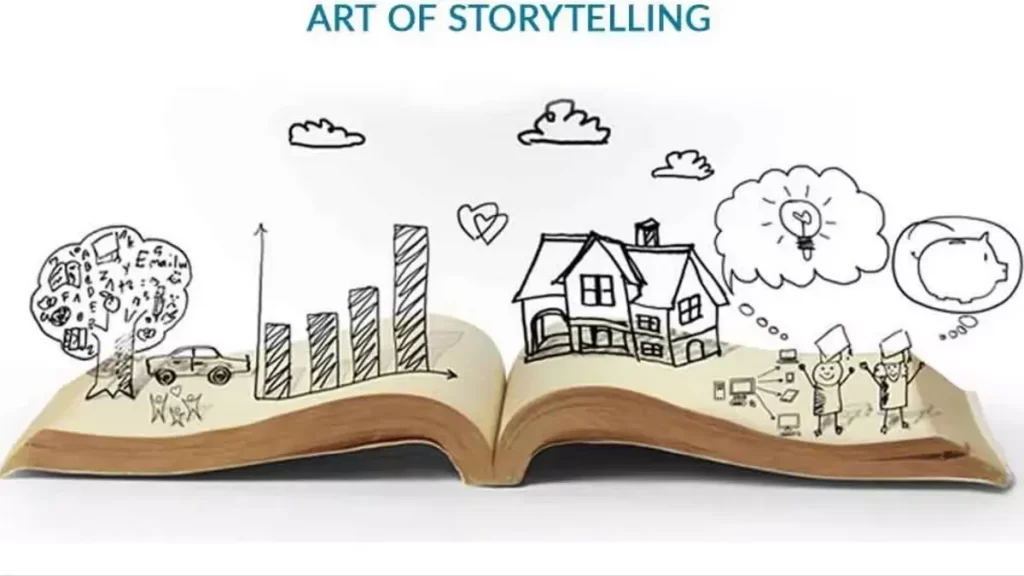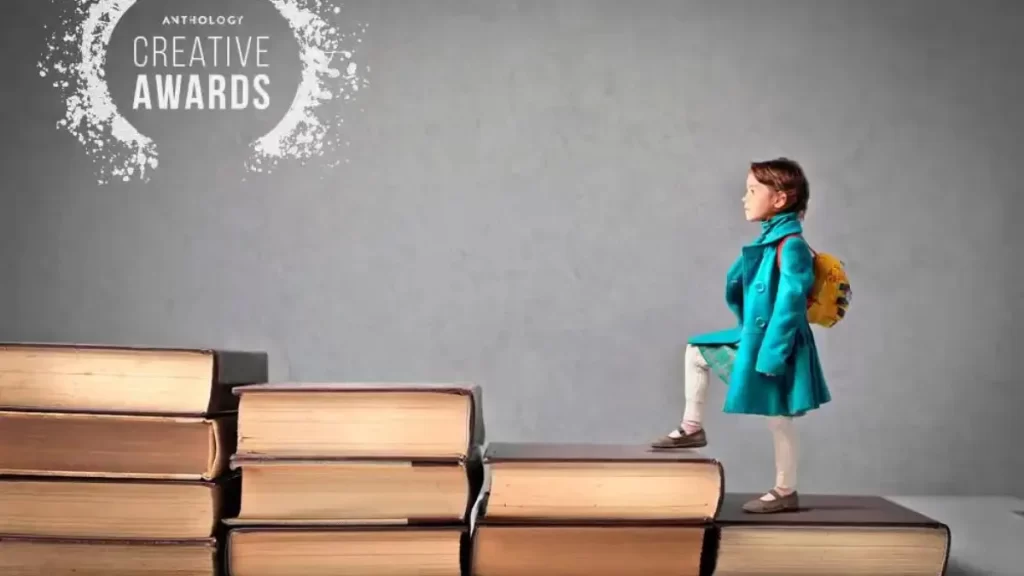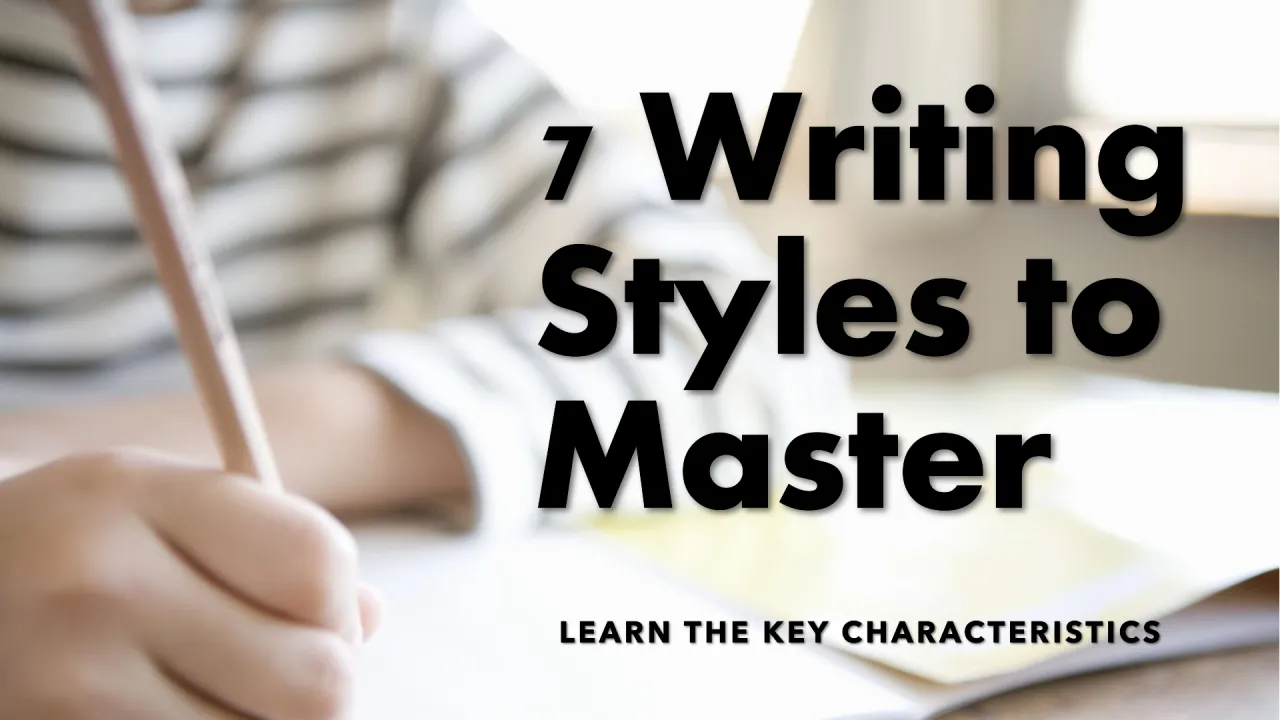Table of Contents
Writing techniques are the secret tools that turn ordinary stories into captivating tales. Mastering these techniques can transform your work, whether you are a budding author or a seasoned writer. This article will delve into the latest and most exciting updates on writing techniques, helping you craft stories that hook readers from the first sentence to the last.
The Power of Descriptive Writing

Use Vivid Imagery
Descriptive writing techniques bring your story to life. Vivid imagery can paint pictures with words, making readers feel inside your story. Describe the sights, sounds, smells, tastes, and textures to engage all the senses.
Show, Don’t Tell
One of the most essential writing techniques is to show, not tell. Instead of saying a character is angry, show their clenched fists and fiery eyes. This technique makes your story more dynamic and immersive.
Writing Techniques: Creating Compelling Characters
Develop Backstories
Creating compelling characters involves developing detailed backstories. This gives your characters depth and makes them more relatable to readers. A well-thought-out backstory can explain a character’s motivations and actions.
Use Dialogue Effectively
Dialogue is a powerful tool in character development. It reveals personality, emotions, and relationships. Make sure your dialogue is natural and contributes to the story.
Structuring Your Story
The Three-Act Structure
The three-act structure is a classic writing technique. It divides your story into setup, confrontation, and resolution. This structure helps maintain a clear narrative arc and keeps readers engaged.
Use Cliffhangers
Cliffhangers are an excellent way to keep readers on the edge of their seats—end chapters or sections with unresolved issues or surprising revelations to encourage readers to keep turning the pages.
Writing Techniques: Building Suspense and Tension
Create Uncertainty
Suspense and tension are critical elements of a captivating story. Create uncertainty by placing your characters in difficult situations with unclear outcomes. This keeps readers guessing and eager to find out what happens next.
Use Pacing
Pacing is crucial in building suspense. Vary the speed of your narrative to match the tension in your story. Slow down during detailed descriptions or introspective moments and speed up during action scenes.
Writing Realistic Dialogue
Reflect Natural Speech
Realistic dialogue reflects natural speech patterns. Listen to how people talk and try to replicate that in your writing. If the language doesn’t suit the character, don’t use it too formally.
Avoid Info-Dumping
Info-dumping in dialogue can break the flow of your story. Instead of having characters explain everything, they reveal information gradually through actions and interactions.
Crafting Engaging Plots

Use Plot Twists
Plot twists are one of the most exciting writing techniques. They keep readers engaged by introducing unexpected turns in the story. A well-placed plot twist can make your story unforgettable.
Develop Subplots
Subplots add depth to your main storyline. They can provide additional conflict, develop characters further, and keep the narrative interesting.
Writing Techniques: Incorporating Emotional Depth
Tap into Universal Emotions
Tap into universal emotions like love, fear, and joy to create an emotional connection with your readers. These emotions are relatable and can make your story more impactful.
Show Character Growth
Show character growth throughout your story. Characters who evolve in response to the plot’s events are more compelling and realistic.
Writing Techniques: Mastering the Art of Revision
Revision is a critical part of the writing process. It involves reworking your draft to improve clarity, coherence, and impact. By focusing on content, structure, and style, you can refine your writing and ensure it resonates with readers.
Enhancing Your Writing with Metaphors and Similes
Similes and metaphors are effective devices for conjuring up vivid images. Metaphors draw direct comparisons, while similes use “like” or “as” to compare. These techniques can make your descriptions more evocative and help readers visualize your scenes.
Leveraging Feedback for Improvement

Constructive feedback is invaluable for improving your writing. Seek input from trusted sources, such as peers or writing groups. Be open to suggestions and use feedback to identify areas for growth and enhance your storytelling skills. Click Here For More Information about the Featured.
Writing with Clarity and Precision
Clear and precise writing ensures your message is easily understood. Avoid unnecessary jargon and complex sentences. Focus on conveying your ideas succinctly and effectively to keep readers engaged and informed.
Mastering writing techniques is essential for crafting captivating stories. By using descriptive writing, developing compelling characters, structuring your story effectively, building suspense, writing realistic dialogue, creating engaging plots, and incorporating emotional depth, you can transform your stories and keep readers hooked. Happy writing.





